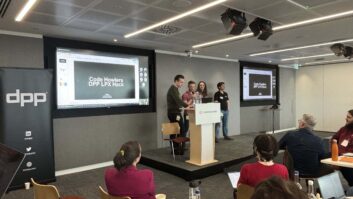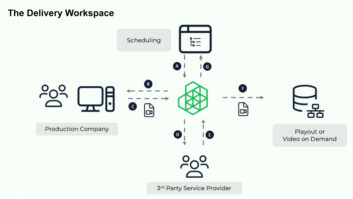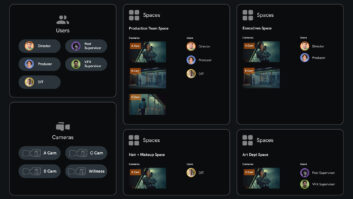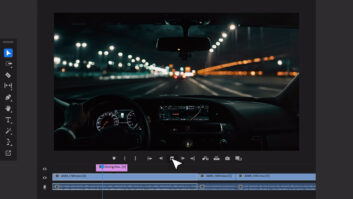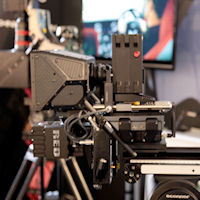
Rig designer Element Technica is to integrate metadata captured on set using its Technica3D range in partnership with SGO’s post production system Mistika Live to provide maximum efficiency and help minimise common errors. The official collaboration will see metadata from rig, lens and camera set-up data along with geometry, exposure and colour errors from ET’s Technica3D range ported to Mistika Live, SGO’s on location worktool, the intention being to make the translation of 3D data from set to post environments more efficient and to reduce the errors that can often result when transferring metadata from one manufacturer to another.
Element Technica co-founder, Stephen Pizzo explained: “The T3D rigs are now supported by an IO Module which allows straightforward setup of metadata collection and streaming. The module takes the metadata from the rig electronics (Interocular and convergence, and HIT – Horizontal Image Translation), ET lens control (focus, iris and zoom) as well as most third party lens controls plus the correction/disparity metadata from the Mistika Live and puts it all in a clean, easy to read timecode stamped sample at up to 8 samples per frame.”
The metadata is always written to a MicroSD card onboard the IO Module but it can also be streamed for encoding to the SDI stream or directly to the camera recording device capturing the image files.
“In the case of Red Epic the metadata is being captured by the camera and will be available when opening the image files,” says Pizzo. “For Mistika users shooting with T3D rigs there are several ways to get the metadata to post. For cameras that support writing the streaming metadata to the image files, Mistika will access the metadata when opening the files. For cameras that do not yet capture the metadata, the MicroSD from the T3D IO Module can be synchronized with the image files within Mistika based on the timecode.
“Where it starts to get interesting with Mistika is because SGO is unique in having common systems that exists on set for analysis as well as post. Mistika monitors L and R eye images and determines disparities in geometry, exposure and colour.
“We’re adding our metadata set to Mistika’s disparity values and carrying those through into post so for dailies creation or serial grading operators have the original analysis along with rig data and lens parameters available to help apply corrections.”
Technica 3D is an open system and the collaboration with SGO promises to be the first of several: “We are talking with several companies involved in analysis of stereo 3D and also those with stereo post production capabilities,” says Pizzo.
At NAB the firm will show a steadicam weight compensator which allows interocular and convergence moves on a steadicam while maintaining balance and a level horizon: “It moves a pair of AB or VLock batteries so the net weight increase is minimal,” explains Pizzo. “Compatible with any of our rigs, it is quickly calibrated for any camera lens package; even if you remove or add weight to the camera/lens package, it can be quickly recalibrated.”
www.elementtechnica.com
www.sgo.es

